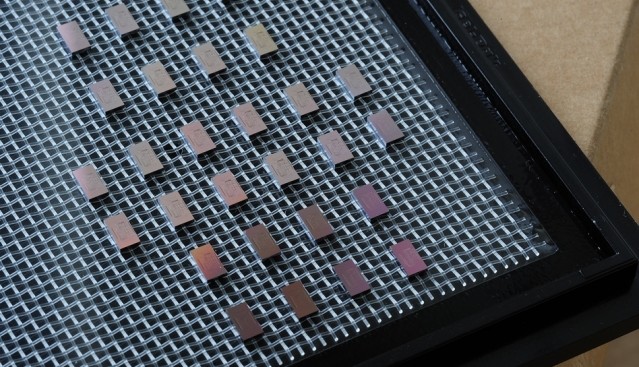Cheap spectrometry?
March 14, 2019
on
on

Spectrometers — instruments that can separate the various wavelengths of light and are used to determine the chemical composition of all sorts of things — from samples in a laboratory to stars many light-years away. Irrespective of who the manufacturer is, they have two things in common: these are large pieces of equipment and they have a price tag with an amount of at least six figures before the decimal point. They can be found in the laboratories of large universities and bigger industries, and in observatories.
Source: MIT
Mass production
Researchers from the Massachusetts Institute of Technology (MIT) have, however, found a method to produce tiny spectrometers that are just as powerful and accurate, but that can be mass produced using existing chip manufacturing processes. This would enable new applications for spectroscopy that up to now were physically or financially impossible. The discovery has been published in Nature Communications.Challenge
The biggest challenge when building chip-size spectrometers is the size: the ability of an instrument to split light into its constituent wavelengths with the aid of conventional optics is strongly dependant on the dimensions: when these diminish, so does the performance.Fourier transformation
Another type of spectrometer makes use of a mathematical approximation; Fourier transformation. However, the problem of the dimensions remains: for good performance a large optical path is required.Optical switch
The system that has been been developed at MIT is based on optical switches that can direct the light beam through different optical paths with different lengths. These entirely electronic switches eliminate the need for the movable mirrors that are necessary in existing implementations. Additionally, these switches can be produced cheaply.Powers of two
By using path lengths that differ by ratios of 2 from each other, and by combining them in various ways and exponential number of discrete path lengths can be obtained; this finally leads to a spectral resolution that increases exponentially with the number of optical switches on the chip.Source: MIT
Read full article
Hide full article


Discussion (0 comments)